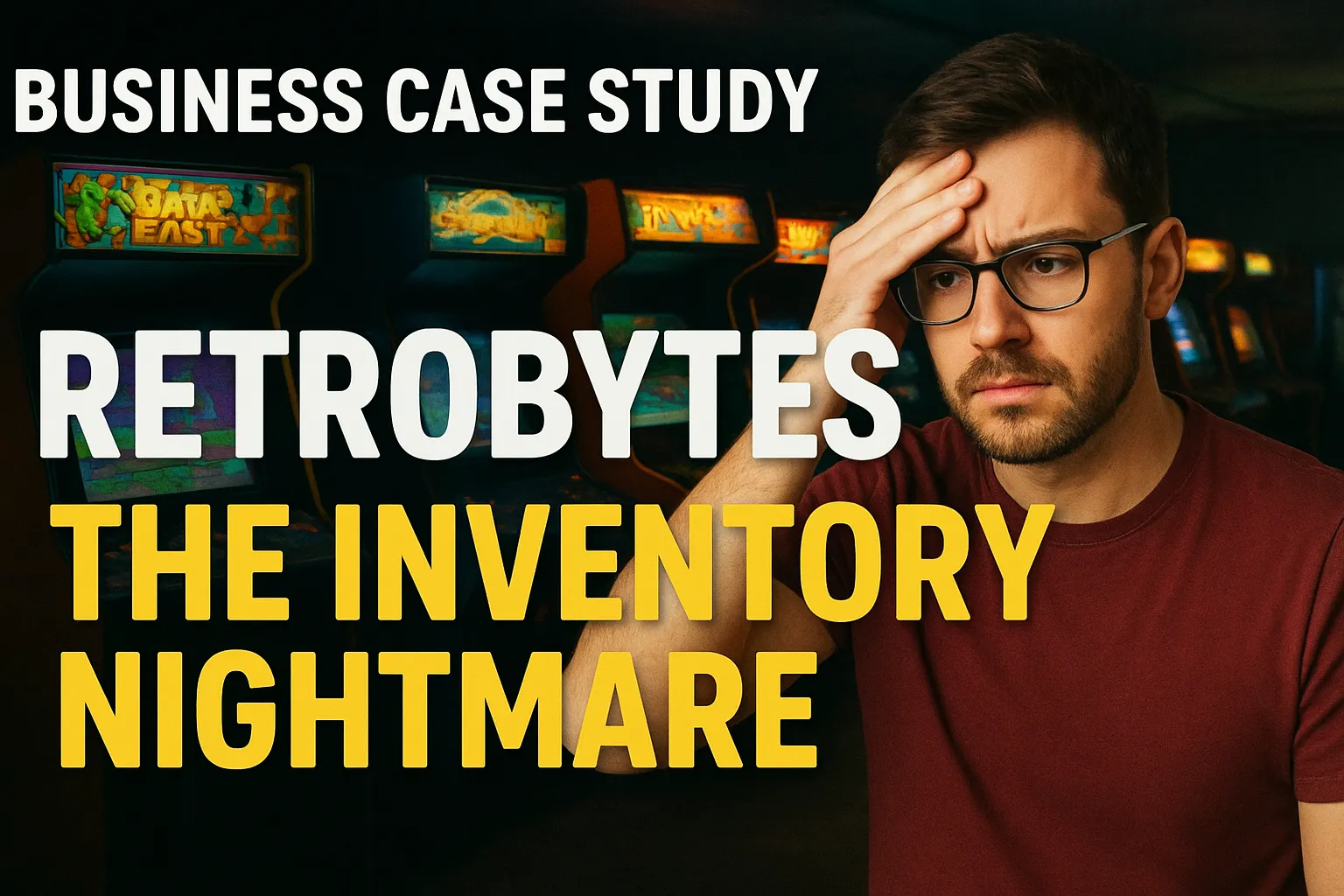 Case Studies Club
Where Strategic Minds Meet
Case Help
Case Studies Club
Where Strategic Minds Meet
Case Help
The Canvas and the Code - A Dilemma of Craft and Commerce
Balancing Artistic Integrity with Market Opportunity in the Digital Age
ArtisanHub faces a critical decision to accept a lucrative, time-sensitive gallery commission that necessitates using a new AI tool, risking alienation of its artist community, or declining the offer to preserve community trust and develop a measured AI integration policy. This dilemma forces a choice between immediate financial gain and long-term brand integrity and stakeholder relations.
Core Themes:
Turn Business Challenges Into Strategic Wins
Browse our Insights Marketplace for frameworks and tools that drive results
Explore MarketplaceOverview
The air hung heavy with the scent of opportunity and the acrid tang of impending discord. ArtisanHub, a bespoke marketplace for the artisanal elite, found itself at a crossroads. A lucrative commission, a cool $50,000 for bespoke artwork, beckoned from a prominent gallery. The catch? An impossibly tight deadline, demanding a radical shift in their venerable creative process. The central dilemma lies in the precarious balance between seizing a high-value, high-visibility opportunity and preserving the sacrosanct trust of a fiercely independent artist community. The analytical approach to untangling this knot must delve beyond immediate financial gains, scrutinizing the long-term reverberations across brand identity, community loyalty, and market perception.
Backstory
ArtisanHub wasn't built overnight. It emerged from the fervent belief that true artistry deserved a dedicated platform, a digital atelier where the intricate dance of creation and connoisseurship could flourish untainted by mass production. For years, it cultivated a formidable market position, becoming the go-to destination for discerning collectors and commercial entities seeking unique, handcrafted works. Its core competency lay not just in curation, but in fostering a vibrant, almost familial, community of independent artists who valued authenticity, process, and the human touch above all else. This ethos, meticulously woven into the fabric of ArtisanHub's brand, was its most potent asset, distinguishing it from the soulless behemoths of the digital marketplace.
The current challenge, however, cast a long shadow over this carefully constructed edifice. A prominent gallery owner, a name synonymous with prestige and influence, had extended a $50,000 commission for a high-profile exhibition, demanding custom artwork with a deadline measured in days, not weeks. Such an opportunity was unprecedented, a chance to elevate ArtisanHub’s profile to an entirely new echelon, attra...
🔓 Unlock This Case Study
Access full cases, analysis, recommendations, and community insights


